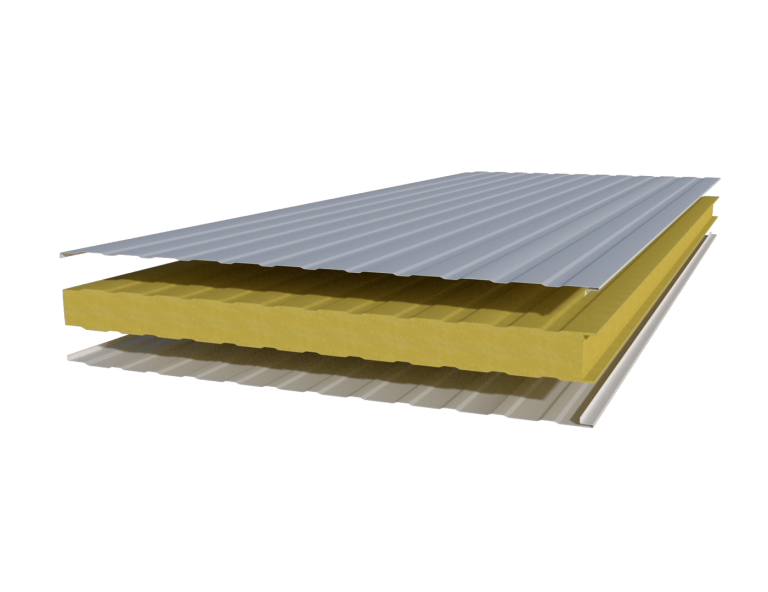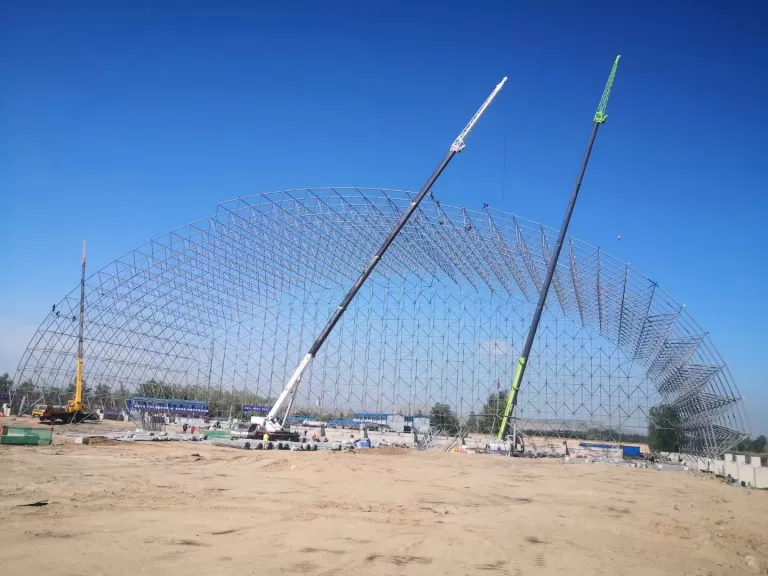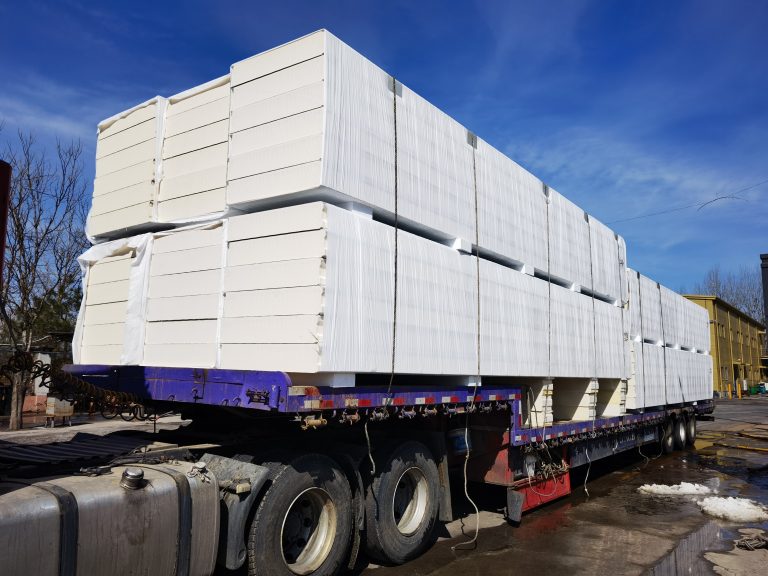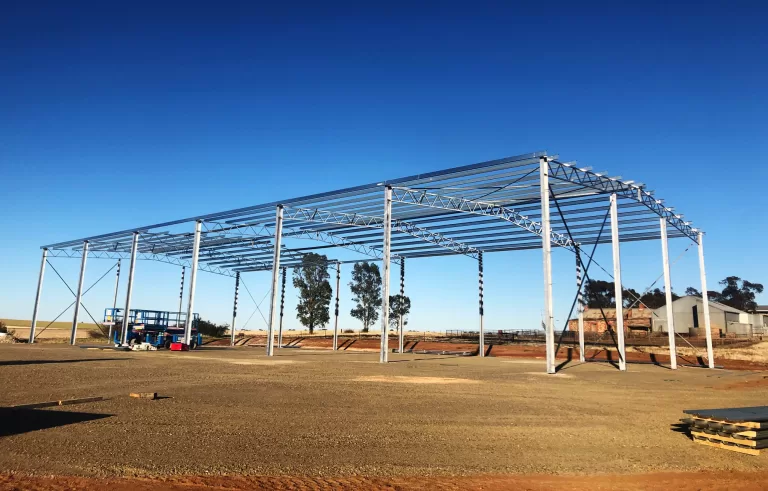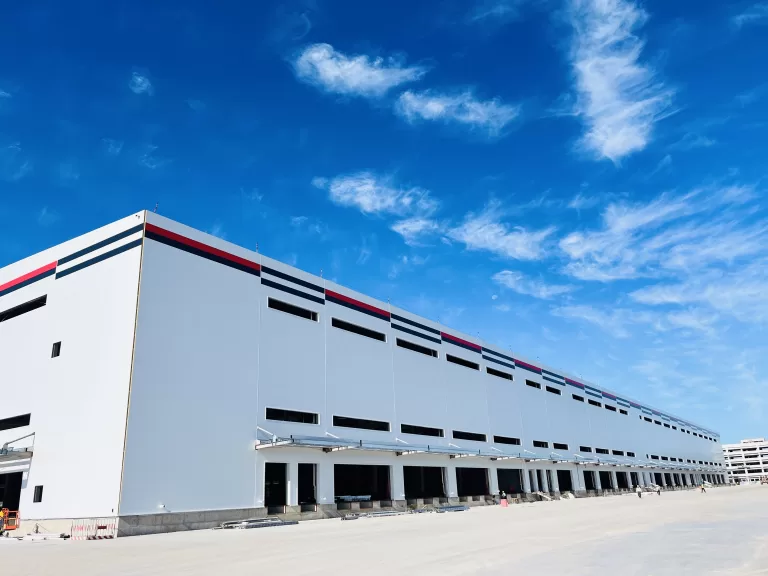Here are five popular types of wall panels
1. Metal Panels: Durable, strong, and sleek, metal panels are commonly used in commercial and modern residential settings.
2. Gypsum Panels: Also known as drywall or plasterboard, gypsum panels provide a smooth and paintable surface for interior walls.
3. Glass Panels: Transparent and modern, glass panels allow natural light to flow through spaces, creating a sense of openness.
4. Mirror Panels: Reflective mirror panels add depth and visual expansion to spaces, while also serving as functional mirrors.
5. Acoustic Panels: Designed to absorb sound, acoustic panels improve acoustics in spaces like auditoriums, recording studios, and offices.
These five types of wall panels offer a range of aesthetics, functionalities, and applications, allowing for versatile design options depending on the desired style and requirements of the project.
Among the various types available, metal sandwich panels stand out with their distinctive characteristics due to their specific construction and material composition.
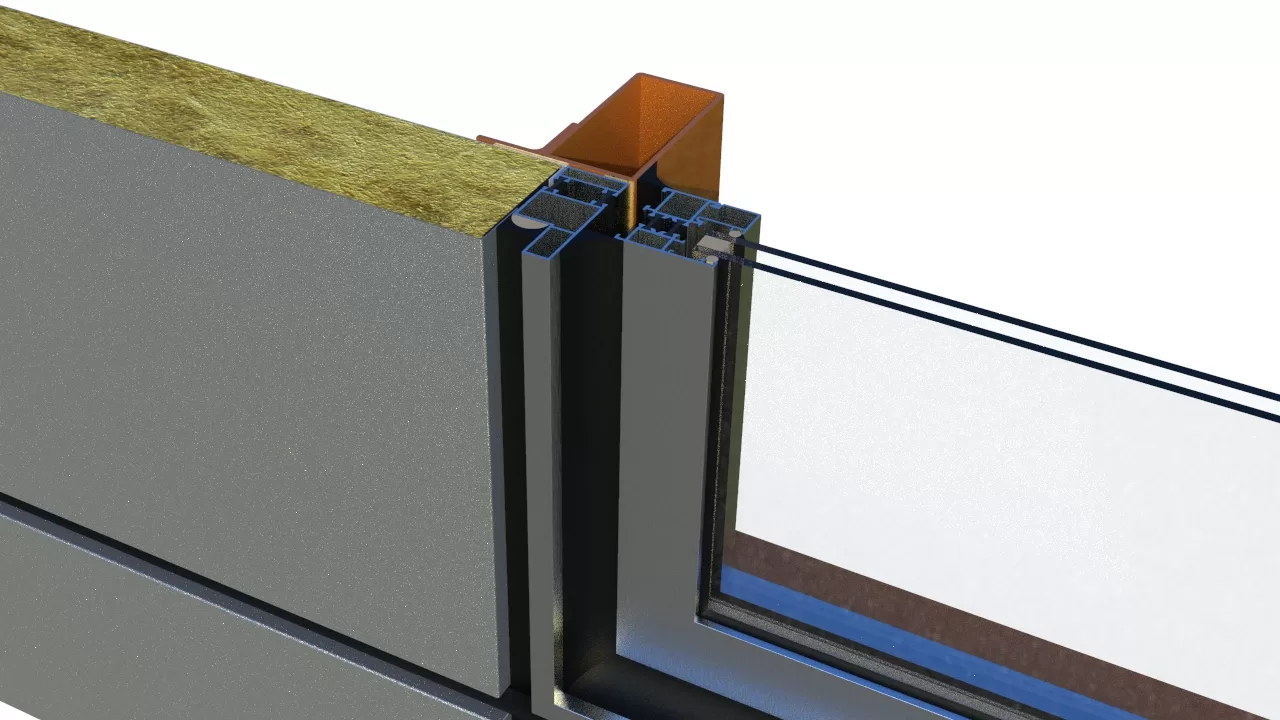
Here are some strengths of metal sandwich panels
1. Excellent Insulation: Metal sandwich panels have a core material, such as polyurethane, polystyrene, or mineral wool, that provides excellent thermal insulation. This helps regulate temperature, reduces energy consumption, and enhances overall energy efficiency.
2. Structural Strength: Metal sandwich panels offer high structural strength while remaining lightweight. They can bear heavy loads, resist impacts, and provide stability to the building structure. This strength allows for longer spans and fewer supporting structures, reducing construction costs.
3. Fire Resistance: Metal sandwich panels with fire-resistant cores provide enhanced fire protection. The insulating materials used are often non-combustible or have high fire-retardant properties, reducing the spread of flames and enhancing building safety.
4. Quick Installation: Metal sandwich panels are prefabricated elements, which means they are manufactured off-site and then easily and quickly assembled on-site. This speeds up the construction process, reduces labor costs, and minimizes disruptions.
5. Versatile Design Options: Metal sandwich panels offer a wide range of design options in terms of colors, finishes, profiles, and sizes. They can be used in various architectural styles and can be combined with other materials for customized designs.
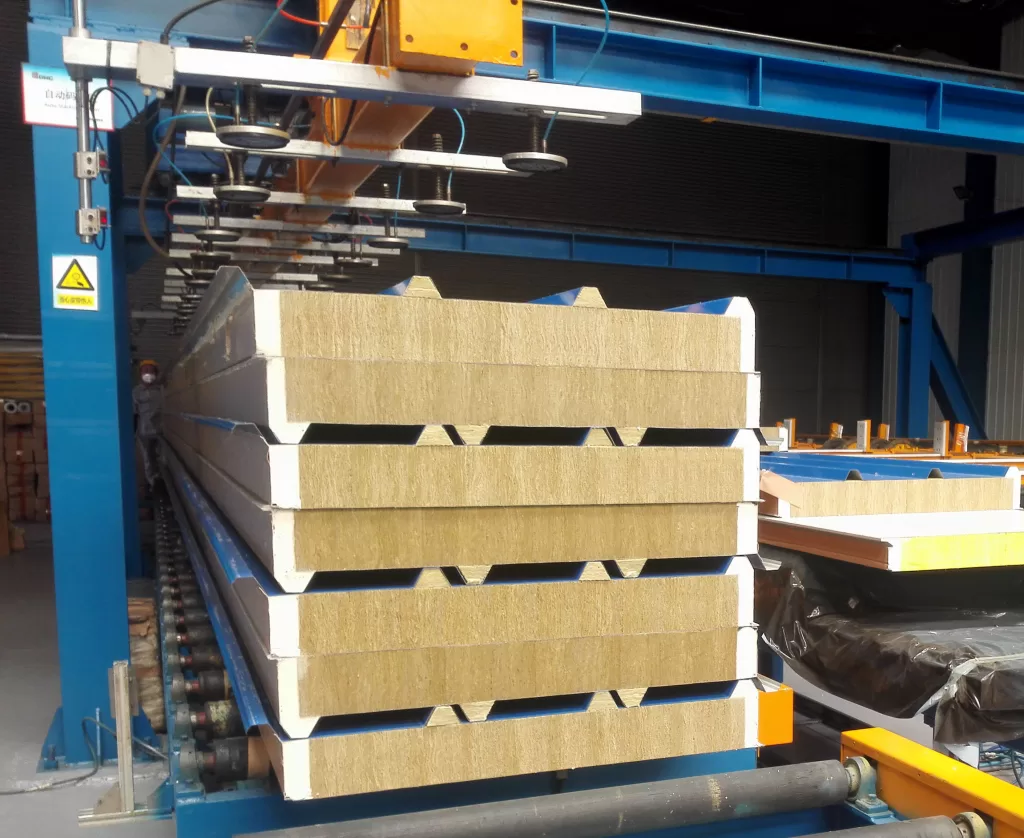
However, they also have some drawbacks
1. Cost: Metal sandwich panels can be more expensive upfront compared to some other wall panel types. However, their long-term durability, energy efficiency, and reduced maintenance costs can offset the initial investment.
2. Vulnerability to Dents and Scratches: While metal panels are generally durable, they can be susceptible to dents and scratches, particularly in high-traffic areas. Proper care and maintenance are necessary to preserve their appearance.
3. Limited Curvature: Metal sandwich panels have limited flexibility when it comes to curvature. They are best suited for flat or slightly curved surfaces and may not be suitable for highly curved or complex designs.
It’s important to consider these strengths and weaknesses when evaluating the suitability of metal sandwich panels for a specific project. The benefits they offer in terms of insulation, strength, and design versatility make them a popular choice in many construction applications.

